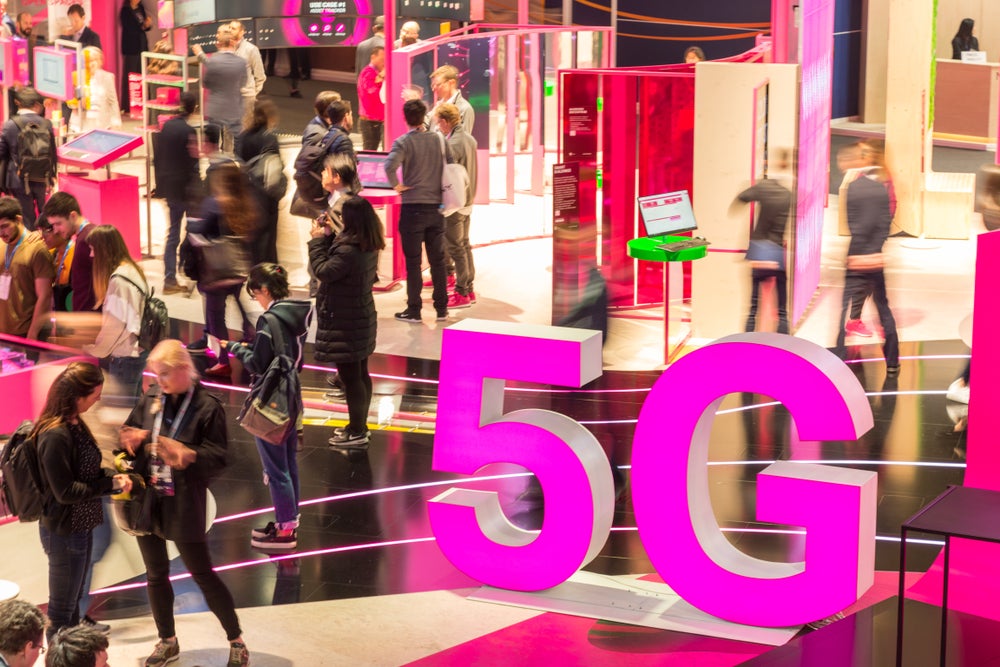
The 5G market is poised for massive acceleration over the next two years as 5G network coverage expands globally. There has been a host of early network launches in markets such as South Korea, the US, and the UK. Overall, the Asia-Pacific markets are likely to become the dominant markets, led by major deployments in China.
Macroeconomic Trends
Listed below are the key macroeconomic trends impacting the 5G theme, as identified by GlobalData.
Geopolitical concerns driving wedge through 5G ecosystems
The race to 5G is inextricably intertwined with the ongoing geopolitical squabbles between China and the US, with many European countries currently caught in the crossfire. The US’ unrelenting pressure on Huawei has resulted in a movement currently underway to rip and replace technology remaining in the US mobile and fixed networks. Meanwhile, the US government, citing security concerns, has convinced other countries, including the UK, Australia, and Japan, to impose either outright or partial bans against Huawei and some other Chinese vendors. This, in turn, is impacting 5G vendor decisions not just in those countries with direct bans but also in other countries where operators fear additional restrictions might create problems down the road.
Meanwhile, sanctions announced by the US in May 2020 prohibit foundries using US-made machines and software from selling chips to Huawei. In practical terms, this means that Huawei’s key silicon suppliers – Taiwanese TSMC and Chinese SMIC – would likely need to halt the production of Huawei subsidiary’s HiSilicon chip designs. The immediate prospect for Huawei is especially bleak considering that the great majority of the world’s foundries use US-sourced hardware or software in some parts of their process. Ultimately, the solution may be for the Chinese government to pool domestic companies into funding and developing a silicon foundry business independent from foreign suppliers.
Whether or not this trend toward increasing separation of Western and Chinese 5G supply chains may well depend on the new US administration’s attitude in 2021. Initial indications suggest that the Biden administration will continue with the same restrictions on Chinese technology firms, including Huawei.
The emergence of 5G factors into mergers and acquisition (M&A) activity
T-Mobile US and Sprint finally passed all regulatory hurdles and officially merged in April 2020. The shift to 5G was a major factor behind the deal, with the two companies arguing that only as a combined entity could they have the network capacity necessary “to create a broad and deep 5G nationwide network in the critical first years of the 5G innovation cycle”. Further acquisitions across major markets can be expected, with operators and equipment makers alike seeking to scale up their asset portfolios to ensure they do not get left behind in the scramble for 5G dominance.
How well do you really know your competitors?
Access the most comprehensive Company Profiles on the market, powered by GlobalData. Save hours of research. Gain competitive edge.

Thank you!
Your download email will arrive shortly
Not ready to buy yet? Download a free sample
We are confident about the unique quality of our Company Profiles. However, we want you to make the most beneficial decision for your business, so we offer a free sample that you can download by submitting the below form
By GlobalDataThis is an edited extract from the 5G – Thematic Research report produced by GlobalData Thematic Research







Related Company Profiles
T-Mobile US Inc